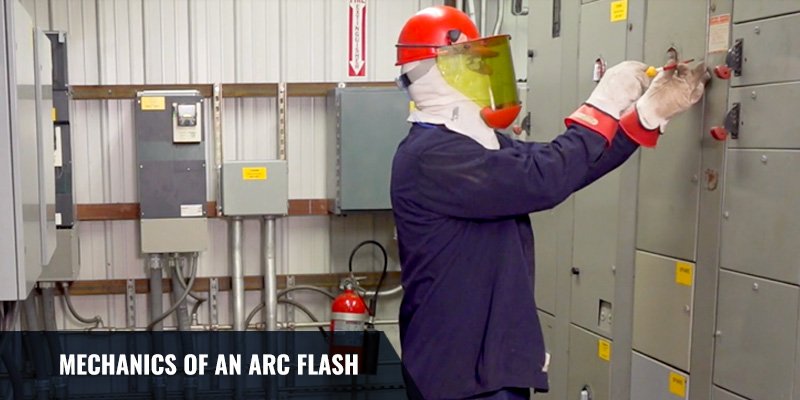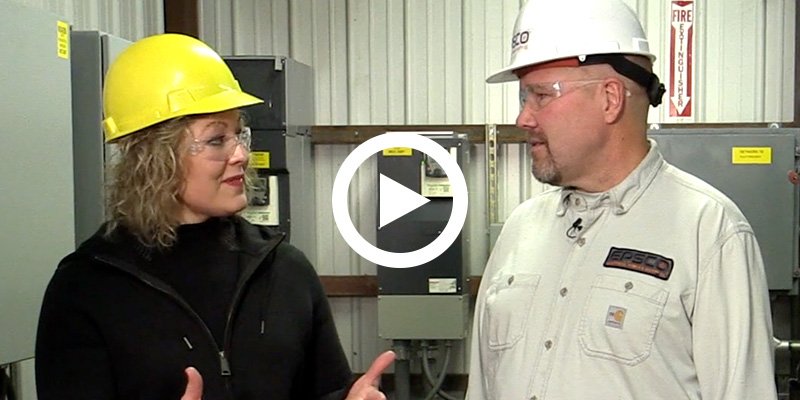You’ve probably heard the term arc flash, but you may not know what causes it to happen or what you can do to prevent it.
Recently, EPSCO’s VP of Operations, Phil Haataja, met with Jill James, Chief Safety Officer at Vivid Learning Systems and a former OSHA inspector, to break it all down and discuss the mechanics of an arc flash.
In the following video, Phil and Jill discuss:
- Where an arc flash can happen
- The most common causes
- Why a fault downstream can cause an arc flash at a different location upstream
- Why closing electrical panels covers is so critical
- Why Emergency Response Teams are especially vulnerable and what they can do to protect themselves
- Why arc flash incidents should be termed fatal or non-fatal
- How even a quarter of an amp can cause a fatality
Additional Information:
Arc flash incidents are among the most dangerous electrical hazards in the workplace. Understanding the mechanics behind these events can significantly improve safety protocols and prevent injuries or fatalities. By implementing comprehensive safety measures, such as regular maintenance, proper use of PPE, and thorough training, the risks associated with arc flash can be greatly reduced.
EPSCO offers detailed Arc Flash Studies to identify potential hazards and recommend safety improvements. Our studies include incident energy calculations, arc flash boundary determination, and PPE recommendations to ensure your facility is compliant with industry standards.
For a detailed understanding and tailored safety solutions, consider our Arc Flash Study services and Safety Training programs. Our experts are ready to help you create a safer working environment.
Want more information about EPSCO?
Learn about our Arc Flash Studies
Get an Arc Flash Study estimate
See our Safety Training solutions




